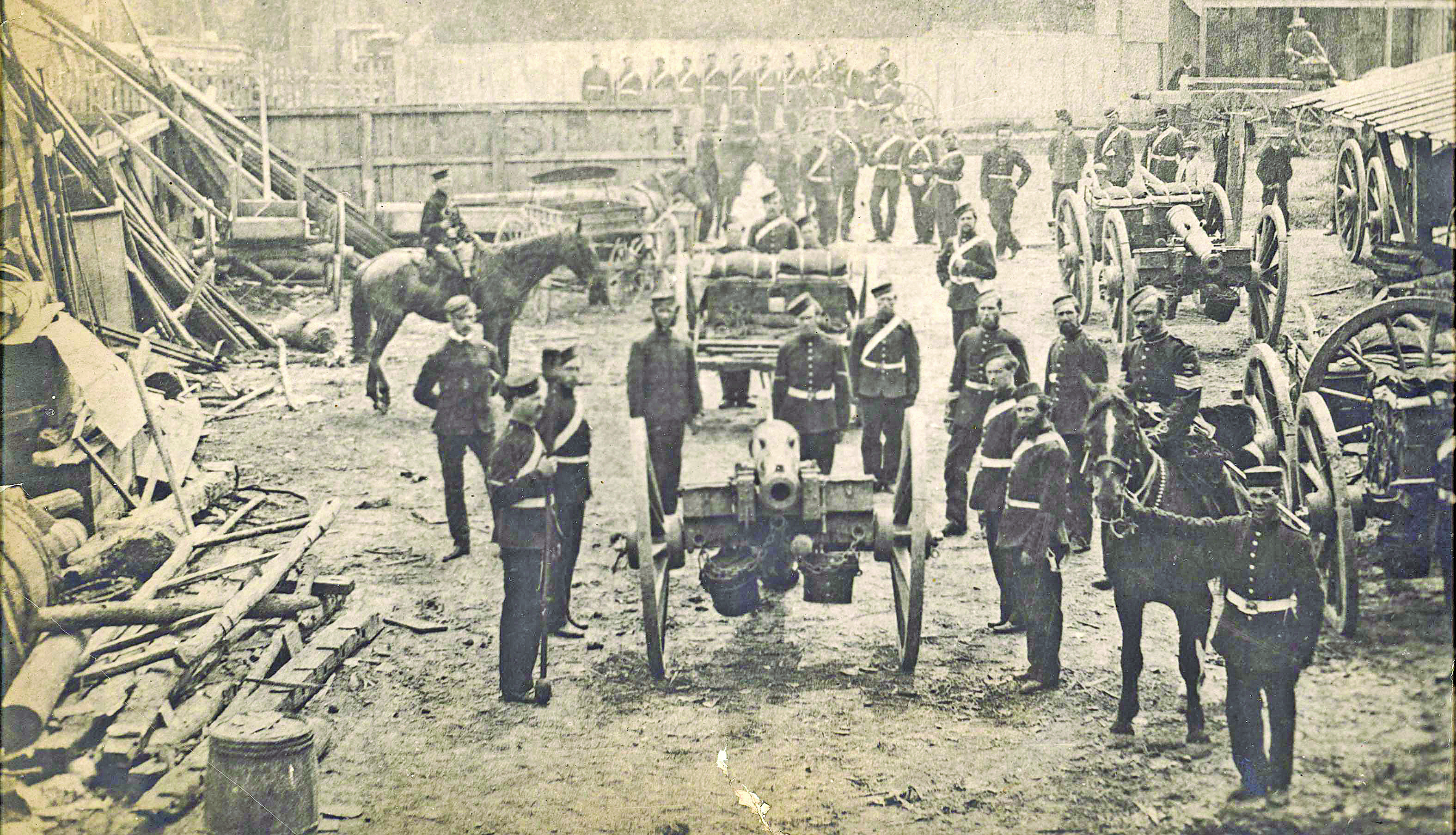Phil Egan
The year 1866 not only brought the threat of a Fenian invasion to Sarnia, it brought smallpox.
Soldiers of Irish origin had fought on both sides in the recently ended U.S. Civil War. In 1865, many of these men united under ‘Fighting Tom’ Sweeney and the Fenian Brotherhood, an organization determined to invade Canada and hold the country ransom for Ireland’s freedom.
The fear was palpable in Sarnia and 4,000 troops were sent to defend the town against an invasion that was rumoured to begin on St. Patrick’s Day, 1866.
The soldiers, who outnumbered the town’s residents, were billeted in hotels, barracks and private homes, and they brought with them disease.
On June 1, 1866, The Observer carried a report on the sanitary conditions of the seven companies of troops garrisoned in Sarnia and Point Edward. In April, the dreaded disease of smallpox was diagnosed at a boarding house where the Wardsville Volunteers were billeted.
A military hospital was quickly established and ultimately cared for six of the soldiers from the afflicted boarding house. But the disease continued to spread, and at one point 17 soldiers were confined to the military hospital and alarm spread of a pending epidemic.
Fortunately, the disease had proven a “mild case” and by June the newspaper reported all of the patients had recovered.
The Observer was optimistic and told its readers “the disease has been eradicated, and not a single case of it exists.” Medicated baths and “proper remedies” were credited with conquering the outbreak.
Of the 4,000 soldiers stationed in Sarnia to protect the border only two died, and none of smallpox. One succumbed to “congestion of the lungs” – possibly tuberculosis – and the other died of typhoid fever.
The town’s medical superintendent had ordered the uniforms and clothing of the smallpox patients to be destroyed by burning. As a result, the Commanding Officer of the Volunteers reported difficulty in securing new uniforms and clothing for the recovered men.
Smallpox continued to be a scourge, however. An outbreak in 1885 killed 3,000 people in Montreal, and a 1924 epidemic in Windsor — 57 years after Confederation — infected 67 people with 32 deaths.
Smallpox was finally eradicated in 1979.


